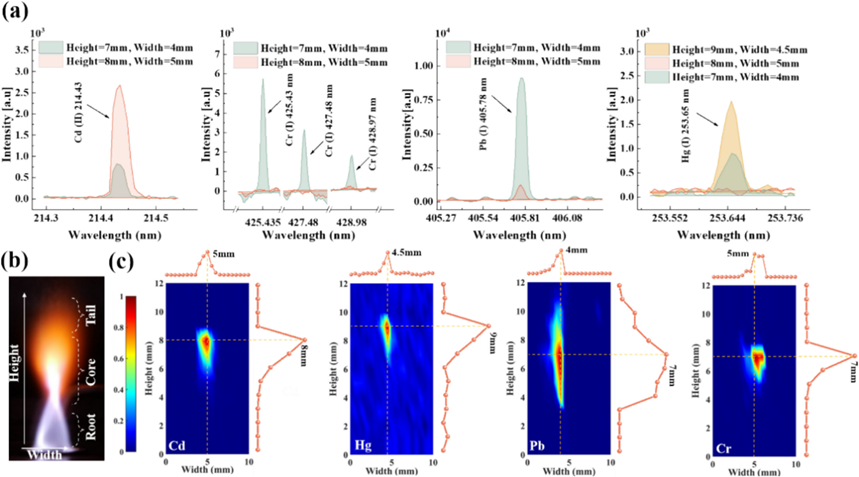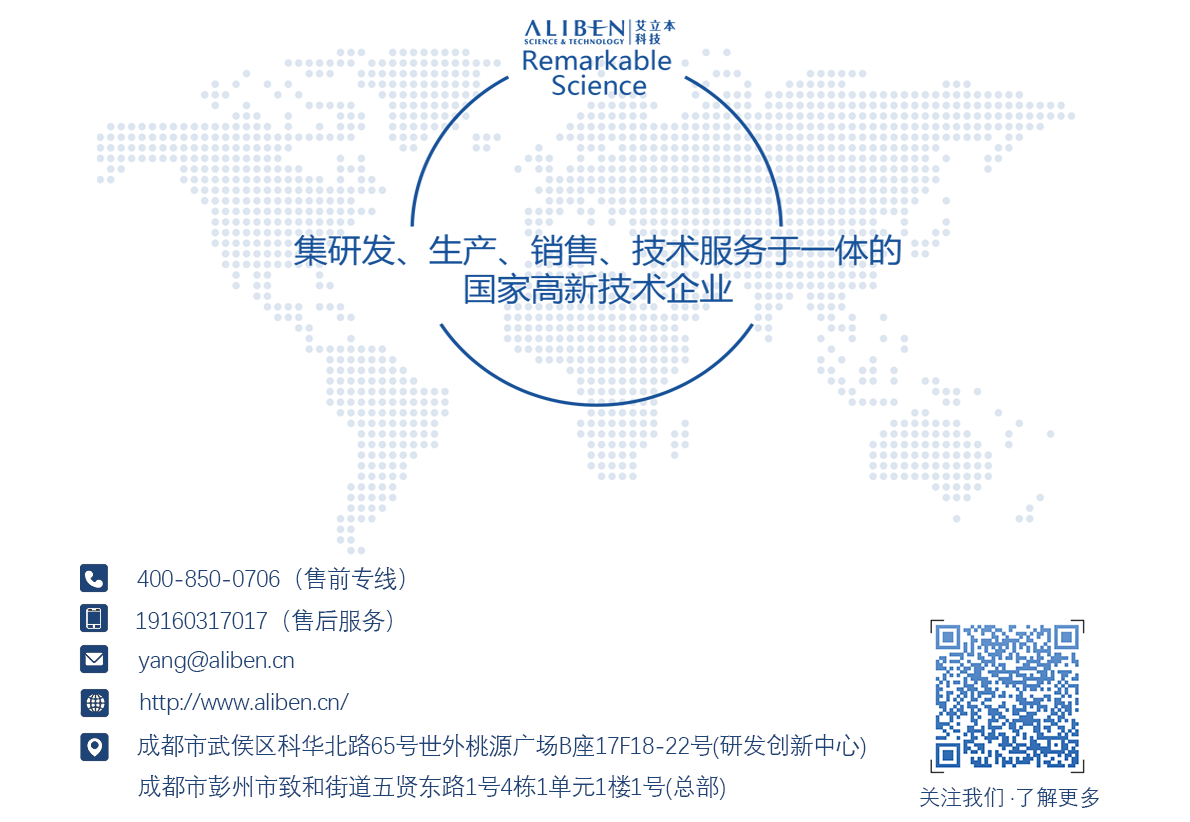
Recently, the Analytical Instrument Research Center of Sichuan University and Chengdu Ailiben Technology Co., Ltd. have made progress in the application research of laser denudation microwave plasma torch analysis system. The relevant research results are summarized as "High sensitive detection of Cd, Hg, Pb and Cr in rice based on LA-MPT-OES with optimized excitation regions by two-dimensional characterization of plasma plume is published in Food Chemistry, a top journal in food science. The first author of the thesis is doctoral student Zeng Lingwei, and the corresponding authors are senior engineer Dr. Dai Xianxiong and Professor Duan Yixiang. The Analytical Instrument Research Center of Sichuan University is the first completed unit and the communication unit.

Rice is a staple food for 75% of the world's population, and rapid, highly sensitive detection of heavy metals such as cadmium (Cd), mercury (Hg), lead (Pb) and chromium (Cr) is essential for food safety. Commonly used element detection techniques often have shortcomings such as complex sample pretreatment and digestion process, high operating cost of instruments or low detection sensitivity. Developing an analytical system that can directly detect solid samples with high sensitivity and good economy is of great significance for rapid and sensitive detection of heavy metals in rice.
Professor Duan Yixiang's team of Analytical Instrument Research Center of Sichuan University has carried out research and development of online and on-site analytical methods and analytical instruments for a long time, and carried out in-depth research on key technical problems of microwave plasma torches. In this study, a laser ablation microwave plasma torch spectral emission spectrometry (LA-MPT-OES) analysis system was constructed, and the excitation behavior of different elements in the plasma was characterized in two dimensions from their excitation heights and widths in the plasma, and the optimal analysis area of each element was identified. A rapid and sensitive method for the determination of cadmium (Cd), mercury (Hg), lead (Pb) and chromium (Cr) in rice was established. The system realizes direct sampling of solid samples and avoids complicated sample pretreatment process. By studying the excitation behavior of different elements in plasma flame, the difference of excitation process among elements and the best detection area of each element are determined. Compared to other technologies, LA-MPT-OES has comparable or even lower detection limits, up to the sub-microgram/g level. At the same time, the practicability of the method is investigated by using real samples, and there is no significant difference between the detection results and the standard values, which indicates that LA-MPT-OES has good accuracy and stability in the actual sample analysis. It should be pointed out that the system has a simple structure, the power of the plasma torch is only 200 W, and the gas flow rate is not more than 1 L/min, which has great application potential in the field of field and rapid analysis.
In summary, LA-MPT-OES has the advantages of direct solid sampling, high sensitivity, low gas consumption and low power consumption, which can be applied to direct, rapid and high sensitivity detection of rice samples, and has broad application prospects in the field of food safety.

Paper link:https://www.sciencedirect.com/science/article/abs/pii/S0308814624015000

